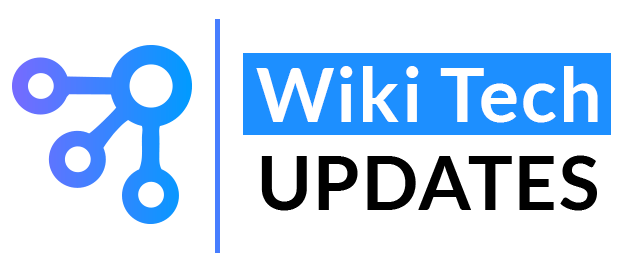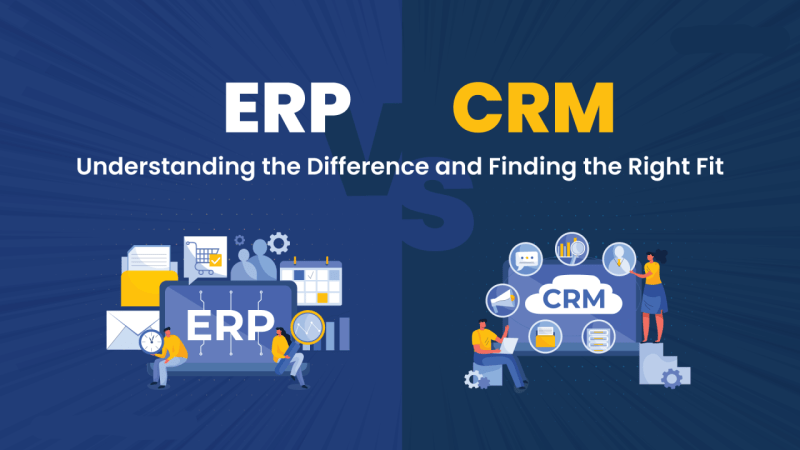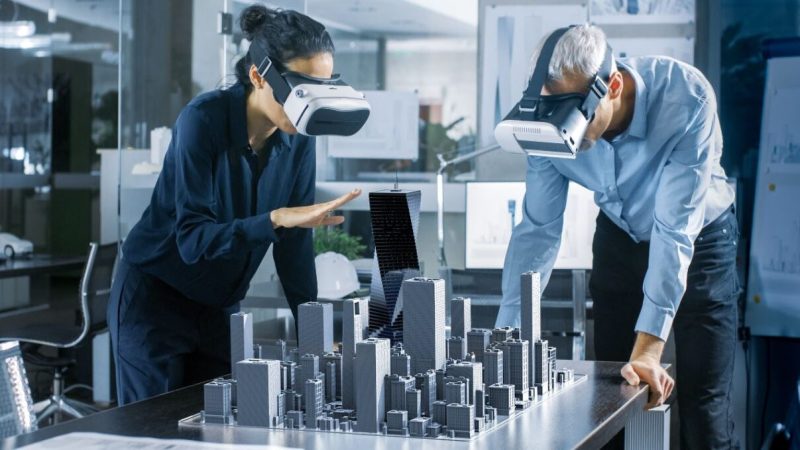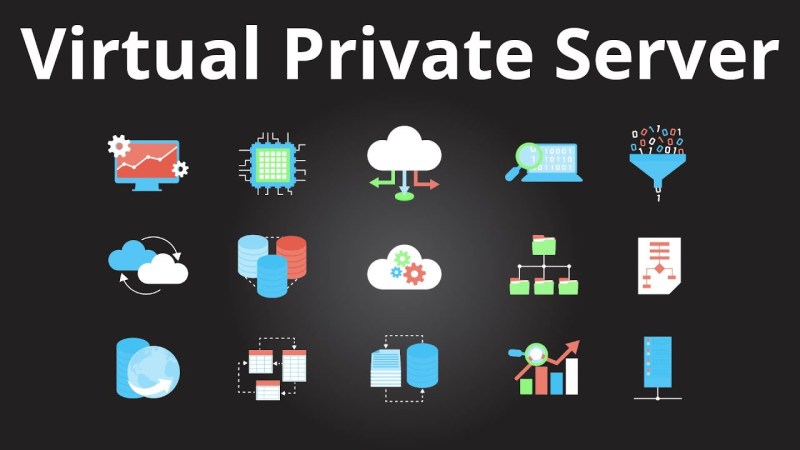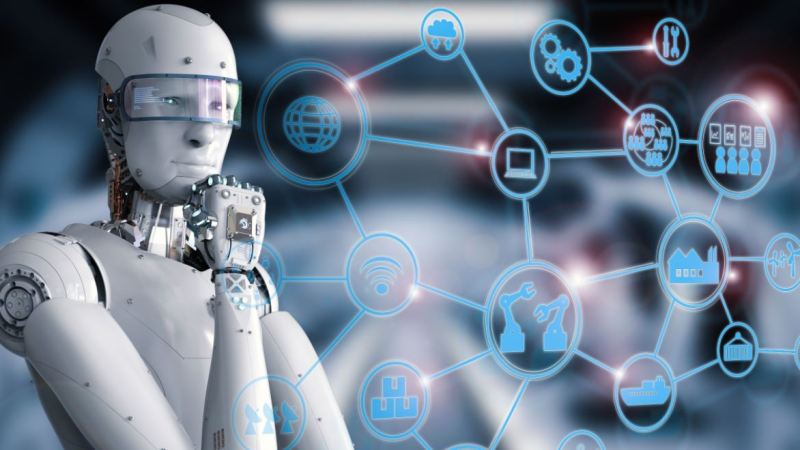Technology Can Enable A New World For People With Autism

World Autism Day is celebrated, decreed by the United Nations with the aim of improving the quality of life of both the child population and adults who suffer from this disability and thus be able to provide them with a better quality of life.
It often happens that people with ASD are treated as disabled, however, they have demonstrated great qualities for specific and complex tasks such as programming, data analysis or code development, aspects directly related to the world of technology, however, their inclusion in the labor market is very poor, with extremely high unemployment rates, often due to lack of information.
Table of Contents
What is the TEA spectrum?
Autism spectrum disorder (1) is, as defined by the Autism Confederation of Spain, a “broad set of conditions that affect neurodevelopment and brain function, leading to difficulties in communication and social interaction, as well as inflexibility of thought and of conduct ”. So what defines a person with this disorder? The child psychologist, the specialist in disorders of the Autism Spectrum, Ágata Leiva, explains that the American Psychiatric Association, in its latest classification, describes two main categories of symptoms, on the one hand, “deficiencies in social communication” and on the other: “behaviors restricted and repetitive ”.
“It is easy for the digital world to confer the interest of people with ASD”
Autism spectrum disorder (ASD) affects how a person behaves, interacts with others, communicates, and learns. Within the ASD spectrum, there are various degrees and among them is Asperger’s Disorder. “A person with an Asperger is characterized by having certain difficulties in communicating with others, but contrary to what many people think, an Asperger has a standardized IOC” explains José Antonio Peral.
TEA … ICT
Experts agree in pointing out that people with ASD have different information processing. “It is usually more oriented processing to capture details or fragments of the information presented to them, especially if they are visual and auditory stimuli. They are excellent observers and often capture details that other people overlook, ”explains Agata Leiva. “It is easy for the digital world to confer the interest of people with ASD, which means that they can develop better in this group,” says José Antonio Peral. “The added value that a person with an Asperger can print to a technology company is something to consider”, he adds.
People with ASD are treated as disabled, however, they have demonstrated great qualities for specific and complex tasks such as programming, data analysis, or code development.
Work in technology is usually a job that requires concentration on small details, a high degree of specialization, and many hours of individual or small group work, solving tasks of analytical brains such as these people.
These characteristics make it easier for people with ASD to show interest in the computer field, Francesc Sistach Vallvé, CEO of Specialisterne in Spain and Latin America, affects the qualities of these people: “the ability to concentrate, persistence, low tolerance for error or visual memory are attitudes that make them especially valid for technological tasks such as software testing, data analysis, cybersecurity, etc. ”
Silicon Valley, like home
In the 1990s, a movement called ‘neuro-diversity’ began to gain strength, thanks in large part to Australian sociologist Judy Singer. Instead of taking autism, dyslexia, and other psychological profiles as pathologies that needed to be cured, neurodiversity views them as different modes of intelligence.
In the United States, journalist Steve Silberman also specialized in this “neuro diversity” movement. During one of his investigations, where he devoted himself to interviewing some of the most important minds in Silicon Valley, the journalist realized that there was a recurring pattern: autism.
Neuro diversity: Instead of taking autism, dyslexia, and other psychological profiles as pathologies that should be cured, neuro diversity considers them as different modes of intelligence.
Years later, Silberman published the essay: ‘A tribe of his own’ where he deals with and explains the subject in depth. The calculations reveal that the proportion of people within the autistic spectrum, to a greater or lesser extent, is higher in communities of scientists and computer scientists. Important names like Bill Gates, Steve Jobs, or Henry Cavendish would fall within this spectrum. As a Microsoft charge confessed to Silberman, “all computer scientists who deal with detecting errors in the code have Asperger syndrome.” Rather than being a liability, the Autism Spectrum becomes an asset in places like Silicon Valley.
Peter Thiel, founder of PayPal, and investor in Facebook has been saying for years that the autism spectrum is a positive element for innovation and creativity, as well as its high presence in that well-known area of the San Francisco Bay: “half of the people in Silicon Valley have ASD. ”
